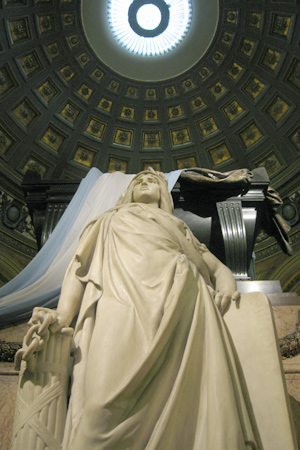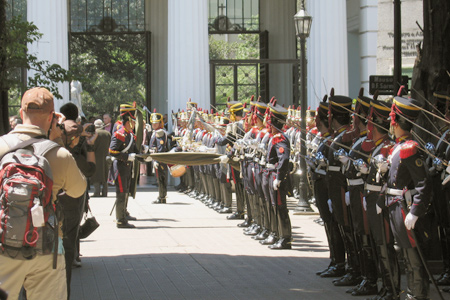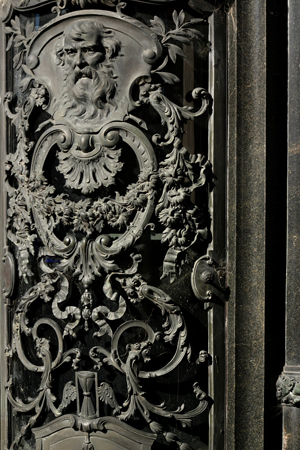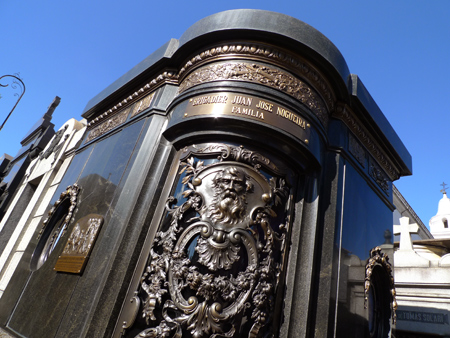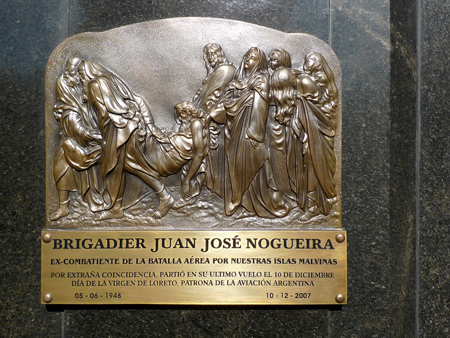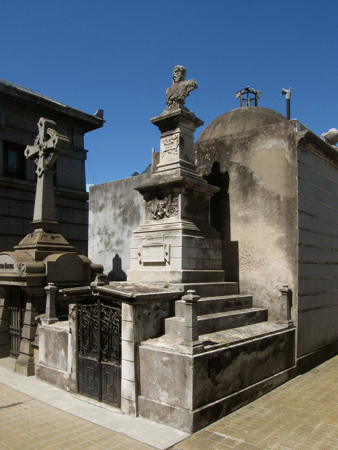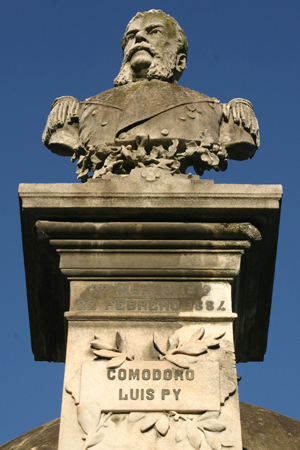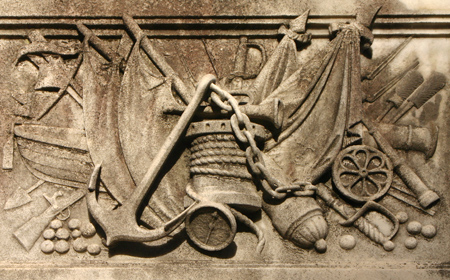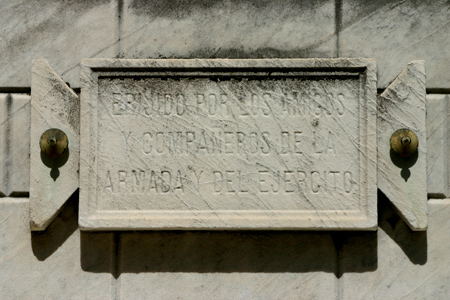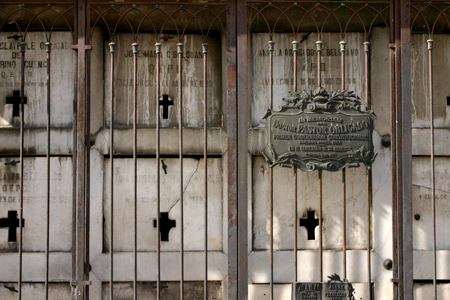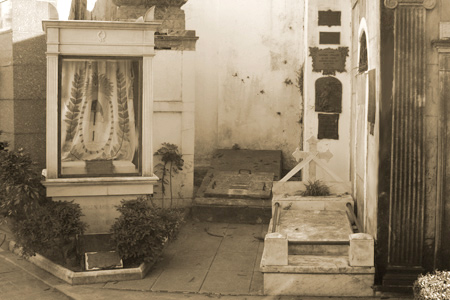
Everyone should know who “The Liberator” refers to: José de San Martín. He’s without doubt the most important Argentine who ever lived as well as a key player in world history. San Martín should be buried here alongside his parents (with the flag) & his wife, Remedios de Escalada (small tomb on right). But he’s too important even for Recoleta Cemetery… more on him in a bit.
A small plaque hidden in the bushes states that the parents’ remains were moved to Yapeyú in Corrientes province in February 1998. Their home was there, & it was the birthplace of San Martín. Another plaque explains that flag—a copy of the one San Martín carried during battle—was made by one of the Damas Patricias Argentinas, descendants of Argentine founding fathers:
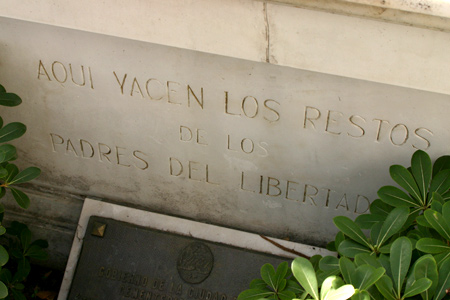
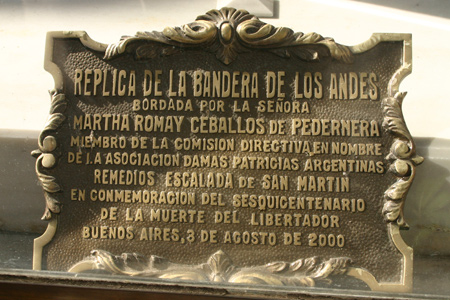
Responsible for leading the armies that eliminated Spanish control in Argentine territory, San Martín crossed the Andes Mountains on horseback with his troops & freed Chile from the Spanish. Not stopping there, he continued north to Perú. San Martín’s leadership & military skill gave three nations their independence. By the time fighting in South America was over in 1824, Remedios de Escalada had passed away from yellow fever. Their daughter, Mercedes, was cared for by her grandparents while San Martín was on the other side of the continent.
Instead of resting on his laurels or taking charge, San Martín returned to Buenos Aires & immediately left with his daughter to Europe. Before setting sail, he bought a simple tombstone & laid Remedios de Escalada to rest in Recoleta Cemetery… at that time only open for under two years. Her portrait decorates the adjoining wall:
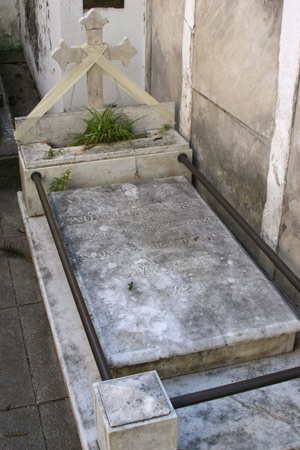
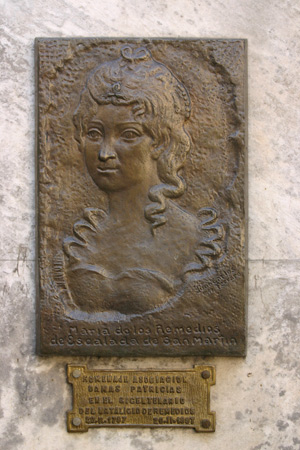
Argentines thought San Martín had abandoned them, & many European nations refused to allow San Martín to enter… after all, he was a revolutionary. Living in London, Brussels, & eventually settling in Paris, San Martín kept informed of events in South America but vowed never to use his sword again. He insisted that his fight was against the Spanish, & internal conflicts were a big mistake between newly independent nations.
A number of Argentine leaders visited him often in Europe, & he attempted one voyage back to Argentina. But due to the conflict between Buenos Aires & the rest of the nation, San Martín disembarked in Uruguay instead. He would never return to Argentina, dying in Boulogne-sur-Mer, France in 1850.
History almost forgot about San Martín because of his absence. But the opponents of Rosas (namely Sarmiento & Mitre) made sure that the contributions of San Martín were remembered. His remains were finally repatriated to Argentina in 1877. San Martín’s final resting place is inside the cathedral on Plaza de Mayo, protected by two guards of a regiment he created, the Granaderos:
